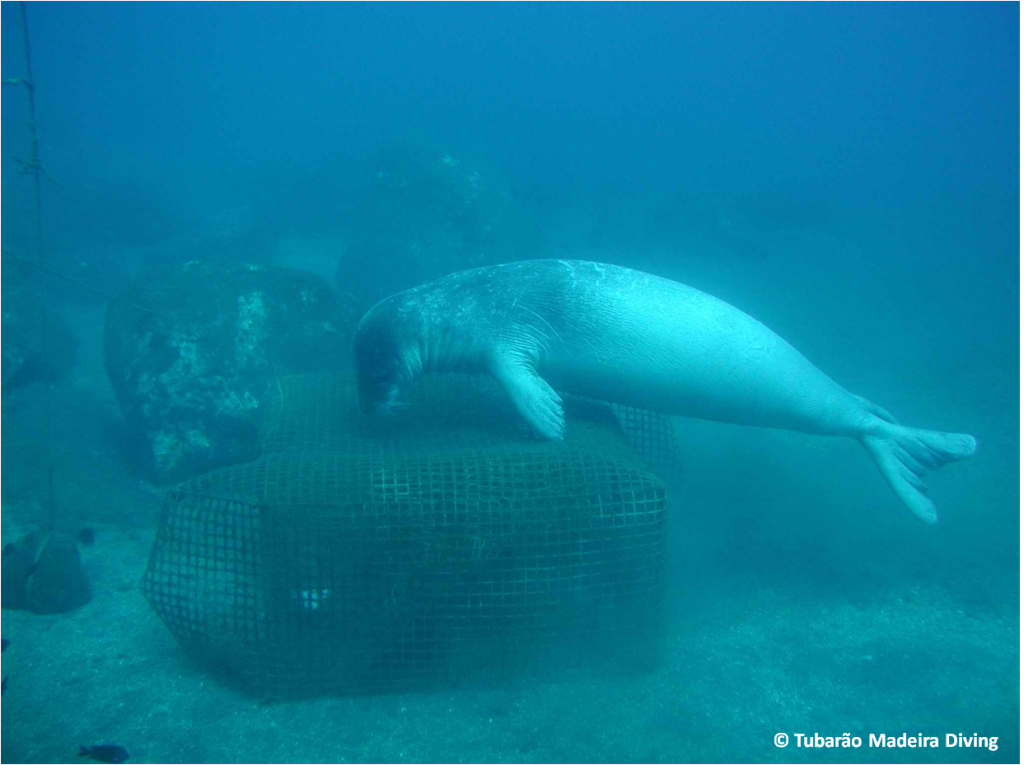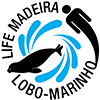- Surveillance of the conservation status of the species and its habitat
The monk seal has begun recolonising the main island of Madeira, which is bringing it into contact with human activities such as fishing and maritime tourism, mainly scuba diving and cetacean watching, not to mention contact with the general population. The return of the monk seal to Madeira means a surveillance system must be developed to monitor the conservation status of the population and its habitat, in line with a new reality that requires more in-depth study.
- Contact with fishing

Although fishermen are now more aware with regard to monk seal protection, negative interactions between the species and fishing are still being recorded. Considering the small number of monk seals, these interactions are a threat to the species.
- Contact with tourism activities
Maritime tourism activities are growing rapidly in Madeira. Inappropriate behaviour towards monk seals by some tourist observers, mainly while following the animals and approaching them for a closer look and more interaction, can be a disturbance and/or cause accidents. These situations can be a significant threat to the region’s monk seal conservation work. The species and its conservation currently enjoy strong support among the people of Madeira but accidents could erode this support.
- Contact with citizens
In general, the citizens of Madeira see the monk seal as a docile animal with which they can interact. Since monk seals are increasingly frequenting bathing areas, this mindset can cause accidents to bathers. This type of situation could erode the enormous support that currently exists for monk seal conservation among the people of Madeira.
- Marine litter
The accumulation of litter (nets, rope, plastic, etc.) in beaches and caves can contribute to the degradation of habitat and increases the risk of entanglement, mainly among pups and juveniles. Juveniles can often be seen playing with litter floating on the water.









